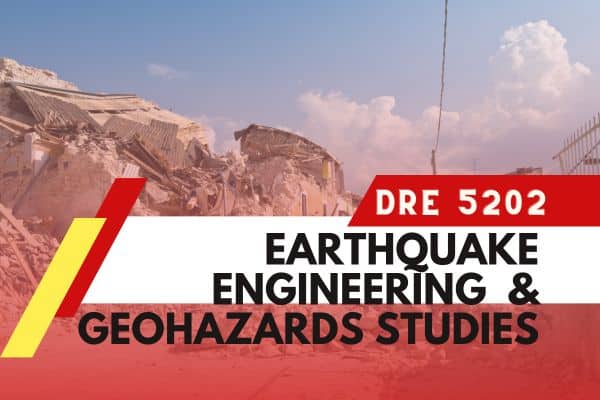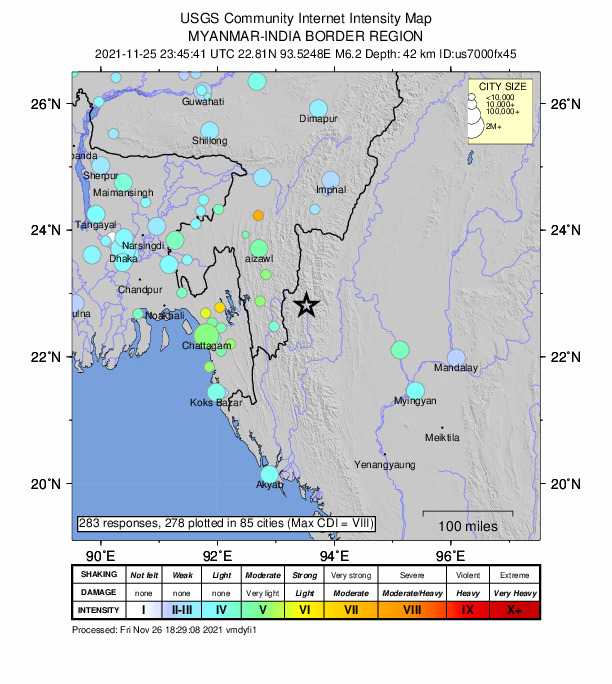Get My Lecture on Earthquake (DRE 421)
Download the Lectures:
Click to Read> What is the Probability of an Earthquake?
Do you have more questions?
Hope you found some answer from bellow.
Lectures (DRE 421):
Assignments For Students
Assignment on EQ Super cycle (Solved)
Blog Post on Earthquake
→ Earthquake Paragraph: Word limit 1500
→ What to do in an earthquake: All-in-1 Guide
→ 11 Biggest Earthquake in Bangladesh: Causes, Impacts
→ Understanding the 15 Biggest Turkey Earthquake Disaster
→ Turkish earthquake cc footage 360
→What causes the earthquake in Turkish so deadly?
→Where is the Safest Place to be during an Earthquake
→My Testimonial for the Japan 2011 Tsunami Victims
→Earthquake Safety Information For Bangladesh

This course is designed for the Masters students

Here you can learn how to use the data from the Seismograph to use in real life earthquake related problems and to measure the earthquake magnitude and intensity and distances of epicenter from the location of seidmograph.

About the Author
Dr. Raman Kumar Biswas,
Professor, PSTU
rkb07_jh@yahoo.com
